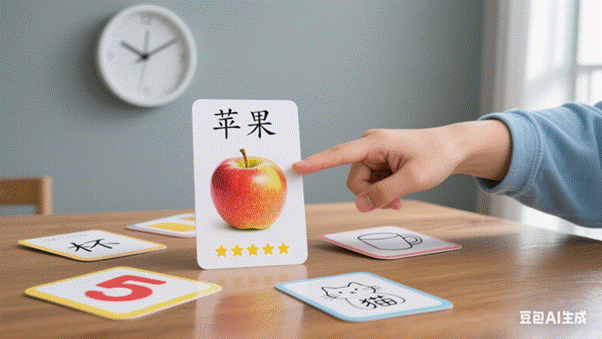
Learning Chinese often feels daunting at first—with its unique characters, tones, and grammar. But it doesn’t have to be. Below is a clear, actionable roadmap to help you build a solid foundation and make steady progress, whether you’re learning for travel, work, or culture.
Step 1: Master the “Basics First”—Pinyin & Tones
Before diving into characters or sentences, start with Pinyin (the official romanization system for Chinese) and tones—they are the “sound foundation” of Chinese.
• Pinyin: Focus on recognizing and pronouncing initials (e.g., b, p, m, f) and finals (e.g., a, o, e, i). Use apps like Pleco or HelloChinese for interactive practice—listen to native speakers and repeat until your pronunciation feels natural.
• Tones: Chinese has 4 main tones (plus a neutral tone), and wrong tones can change meanings (e.g., “mā”= mom, “má = hemp). Practice with tone drills: say words like “mā, má, mǎ, mà” slowly, and record yourself to compare with native sounds.
Step 2: Build a Core Vocabulary (100-300 Words)
You don’t need thousands of words to start communicating. Prioritize high-frequency, daily-use words that let you form simple sentences.
• Focus areas: Greetings (“nǐ hǎo” = hello, “zài jiàn” = goodbye), numbers (1-20), common objects (“shuǐ” = water, “fàn”= rice), and basic verbs (“chī”= eat, “shuō” = speak).
• Memorization tip: Use flashcards (Anki works great!) and learn words in context. Instead of just memorizing “gǒu”= dog, learn the sentence “wǒ yǒu yī zhī gǒu” (I have a dog)—this helps with both vocabulary and grammar.
Step 3: Learn Simple Grammar & Start Making Sentences
Chinese grammar is simpler than many European languages (no verb conjugations or gendered nouns!). Start with basic sentence structures to express yourself.
• Key structures:
1. Subject + Verb + Object (e.g., “wǒ chī fàn” = I eat rice).
2. Subject + 是 (shì, “am/is/are”) + Noun (e.g., “tā shì xué shēng”= He is a student).
3. Subject + 有 (yǒu, “have”) + Noun (e.g., “wǒ yǒu shǒu jī”= I have a phone).
• Practice: Write 3-5 simple sentences every day about your life (e.g., “wǒ jīn tiān chī le” píng guǒ= I ate an apple today).
Step 4: Start Reading & Listening (Even Short Texts!)
Input is key to improving. Once you have basic Pinyin and vocabulary, start consuming simple Chinese content.
• Reading: Begin with children’s books, short articles on ChinesePod (for beginners), or app features like Duolingo Stories—they use easy words and short paragraphs.
• Listening: Listen to Chinese podcasts for beginners (e.g., Coffee Break Chinese) or watch short videos on YouTube (search “Chinese for beginners”). Focus on catching keywords first, not every single word.
Step 5: Practice Speaking (Don’t Fear Mistakes!)
Speaking is often the hardest part, but it’s the fastest way to improve. The goal at this stage is communication, not perfection.
• Ways to practice:
◦ Talk to yourself: Describe what you’re doing (e.g., “wǒ zhèng zài xǐ shǒu”= I’m washing my hands) to build fluency.
◦ Find a language partner: Use apps like Tandem or HelloTalk to chat with native Chinese speakers (many want to learn your language too, so it’s a mutual exchange!).
◦ Join a beginner class: In-person or online classes (e.g., iTalki) let you get feedback on your tones and grammar.
Step 6: Learn Characters (Start with the Most Common Ones)
Characters may seem intimidating, but you can start small. Focus on 100-200 high-frequency characters first (e.g., 人 = person, 水 = water, 吃 = eat).
• Tip: Learn characters with radicals (the “building blocks” of characters). For example, the radical “ 氵” (water) appears in 河 (river), 海 (sea), and 湖 (lake)—this helps you guess meanings of new characters.
• Tool: Use the Pleco app to look up characters, practice writing strokes, and review.
Final Tip: Be Consistent (Even 15 Minutes a Day Works!)
Progress in Chinese comes from small, daily efforts—not cramming for hours once a week. Set a realistic goal (e.g., 15 minutes of Pinyin practice + 10 minutes of vocabulary) and stick to it. Over time, these small steps will add up!
Do you want me to adjust the difficulty level of this guide (e.g., make it more detailed for absolute beginners) or add resources for a specific learning goal (like business Chinese)?